If things were normal and we were not in the middle of this awful pandemic, I would be getting ready right now to go to Europe for a divine river cruise on the Danube, starting in Prague and ending up in Vienna.
Sadly, that is not happening. I have cancelled. And 56 people, who were coming with me on that adventure, have also been forced to cancel.
Yes, I know, others in the world have lost more and suffered far worse.
I am very mindful of their grief and sadness and I pause, even now as I write this, to send them my deepest sympathies, prayers and good wishes.
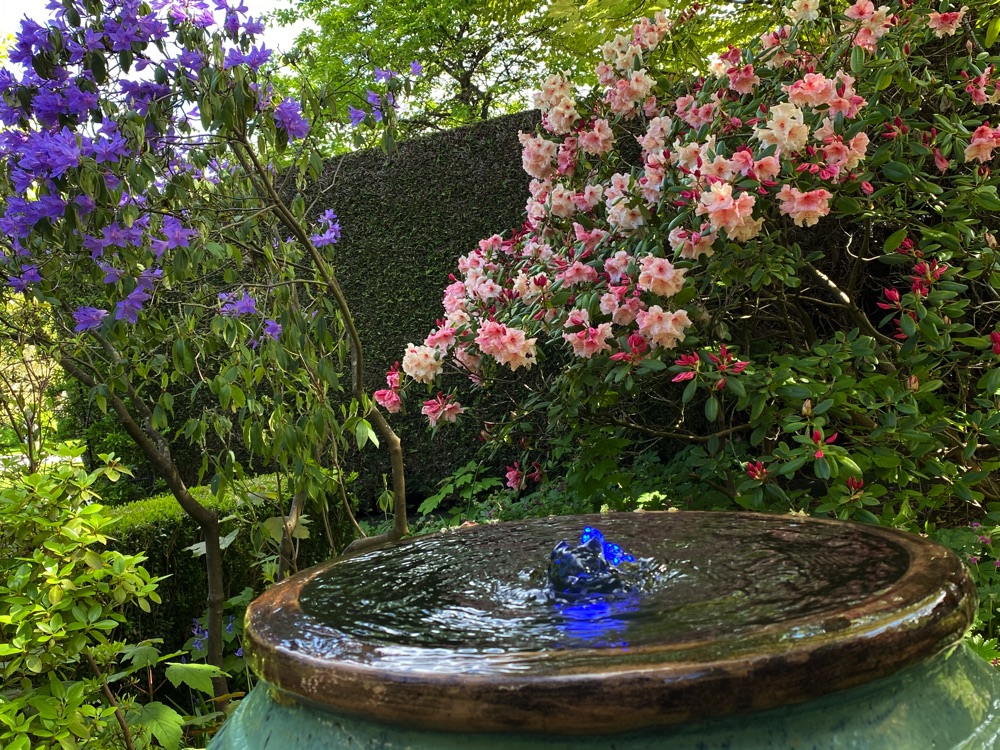
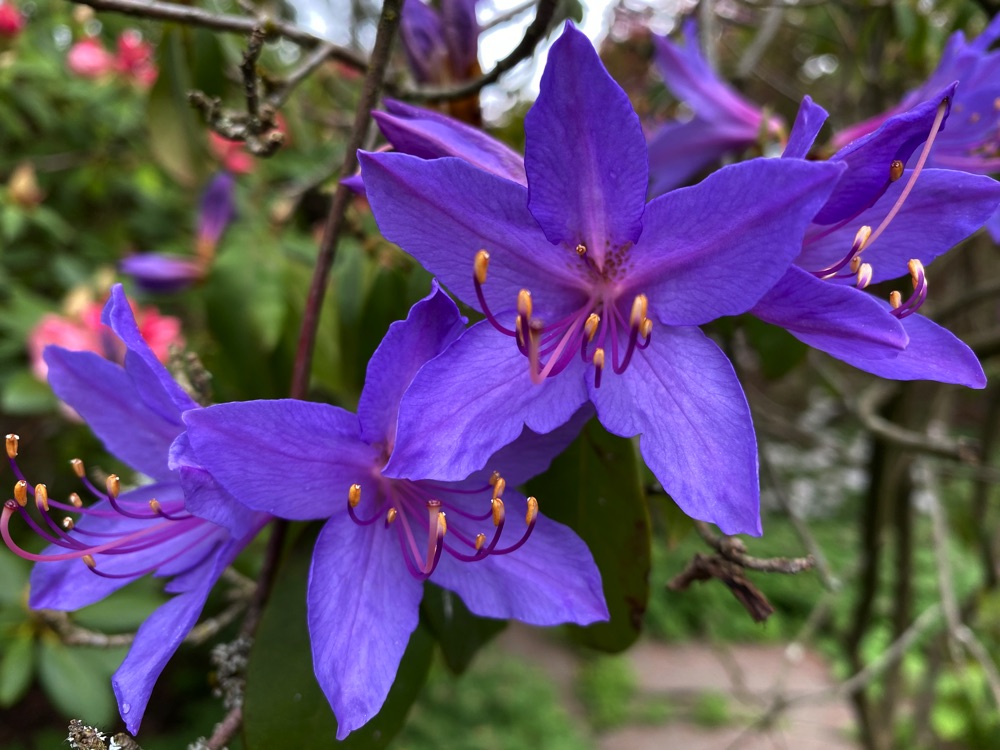
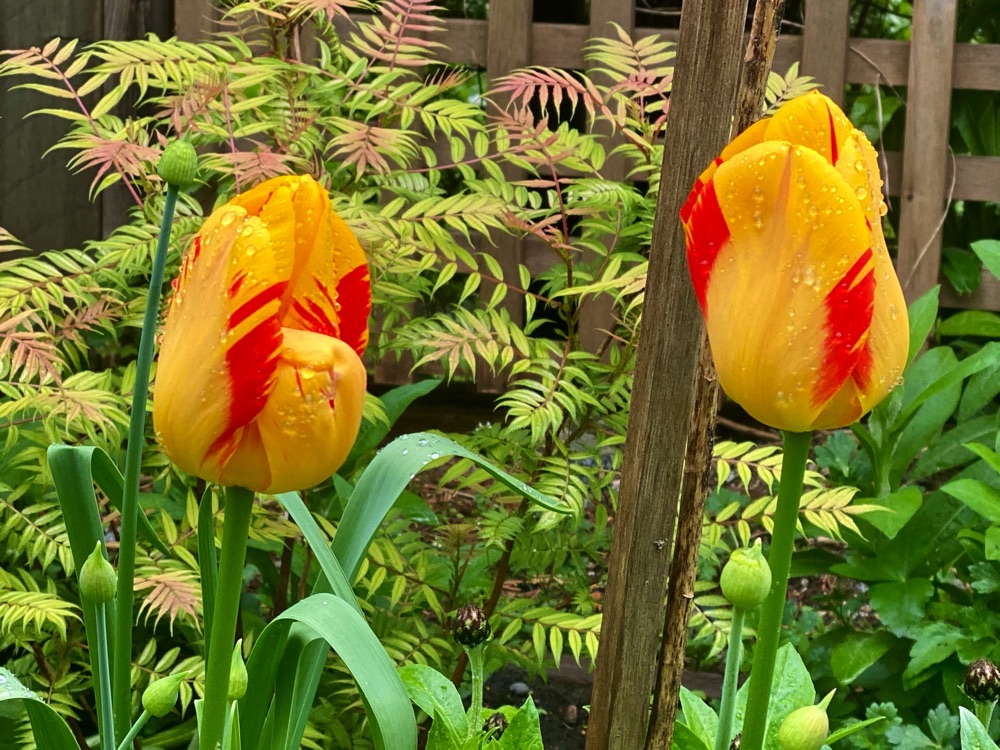
Nevertheless, disappointment is what many of us are feeling right now as we cancel trips, postpone wedding parties, turn birthday gatherings into Facetime events and on and on.
A friend of mine died during the pandemic and we were not allowed to attend his funeral; another deep sadness.
The upside for me in this dreary time of “isolation” and “social distancing” has been the opportunity to spend more time in the garden.
I have never had such an abundance of time as I have had this past month to spend weeding and pruning, planting and clipping, staking and fertilizing.
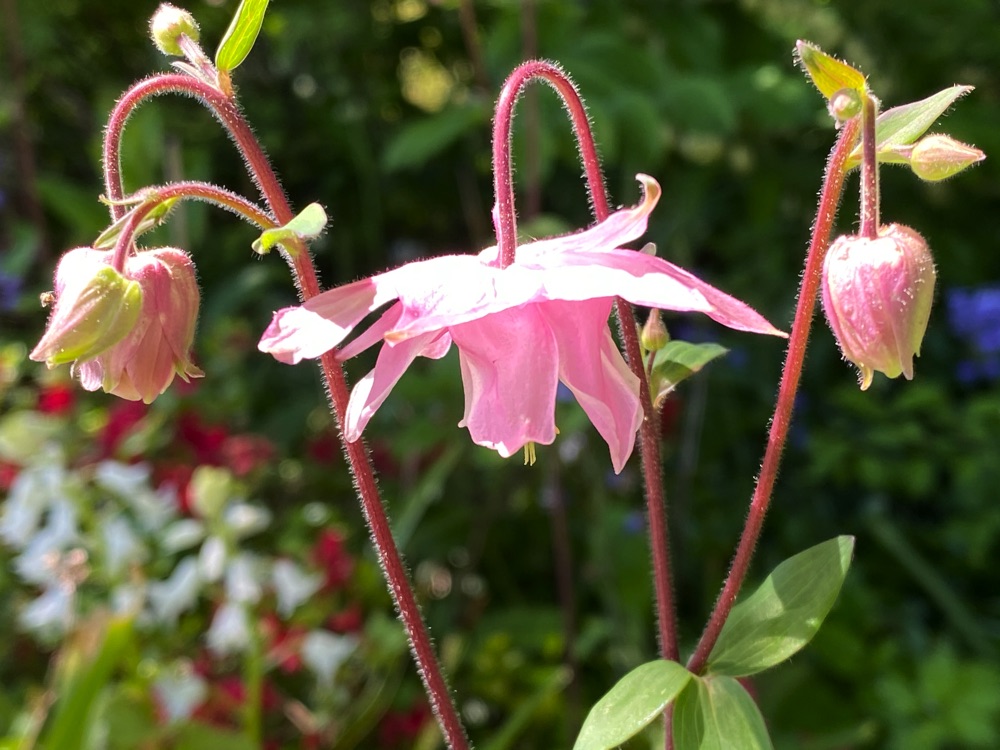
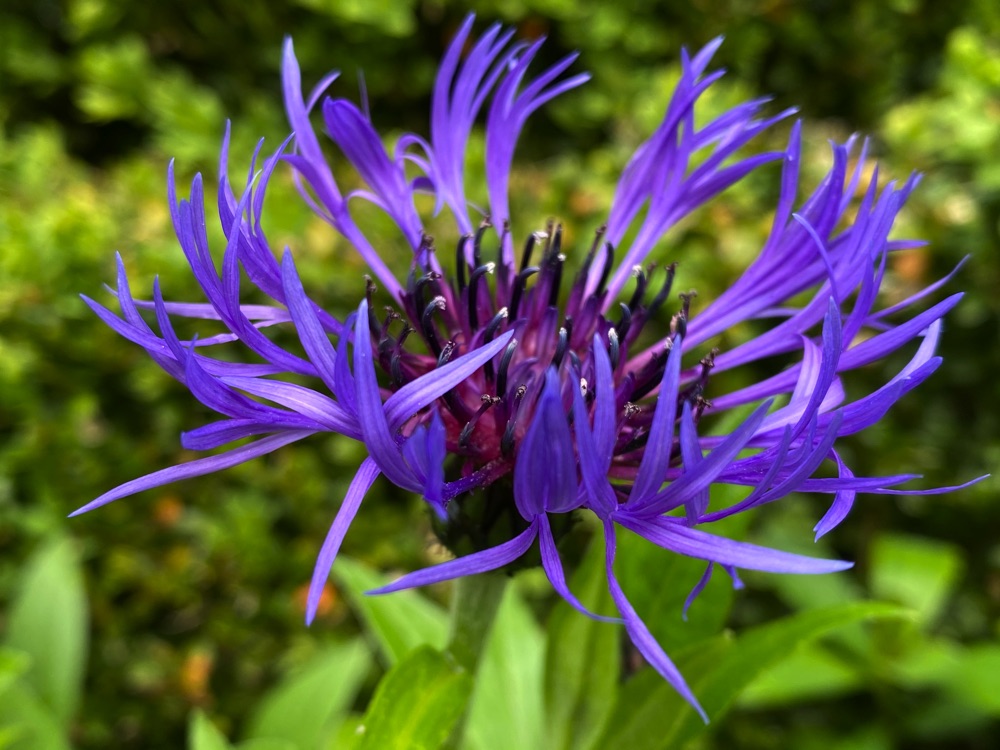
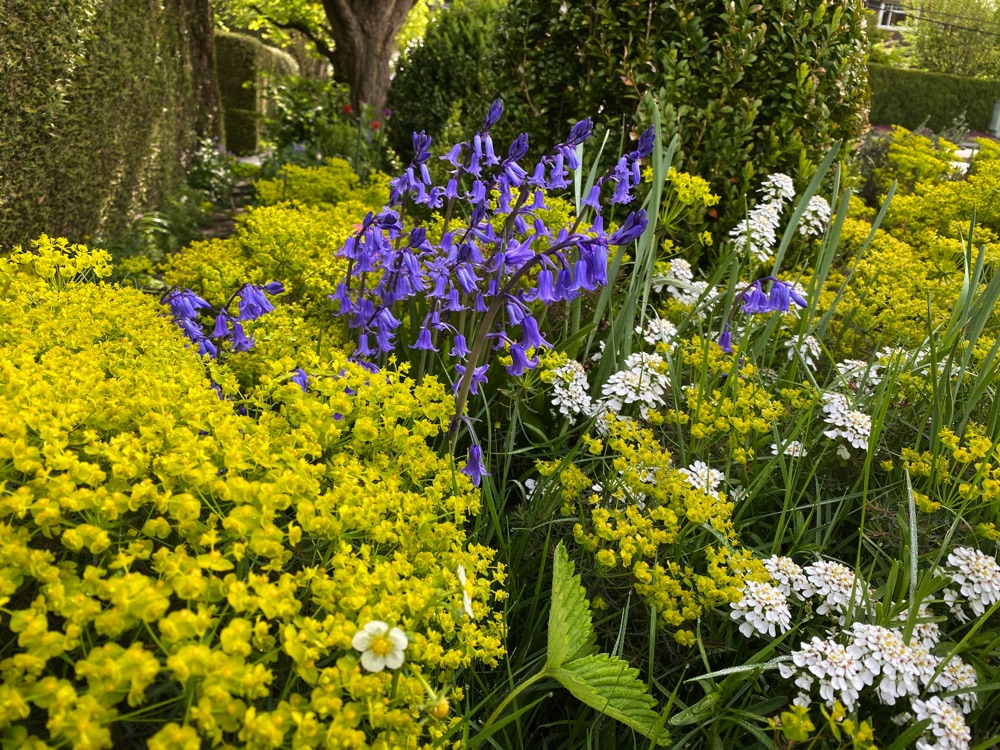
Spring is such a fabulous time in my garden anyway. When I built this garden, I focused too much on spring-flowering plants. So at this time of year it is always burgeoning with new growth and exceptional colour – rhododendrons, bluebells, aquilegias, hardy geraniums, poppies, euphorbias and spectacular trees with wonderful flowers and foliage colour – magnolias, katsura and maples.
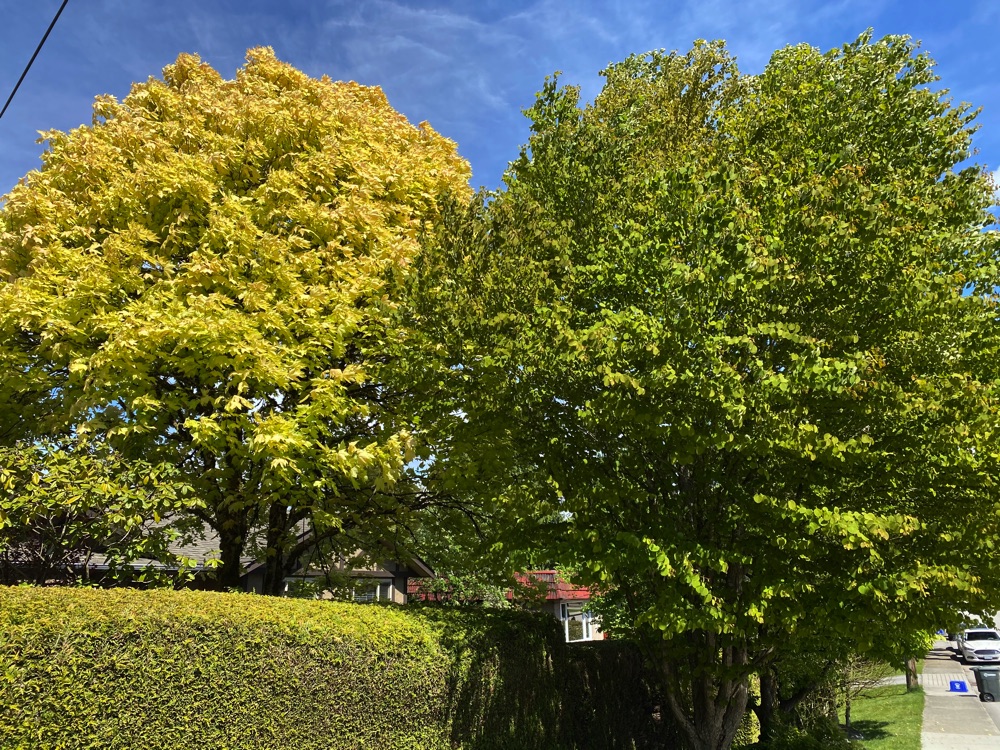

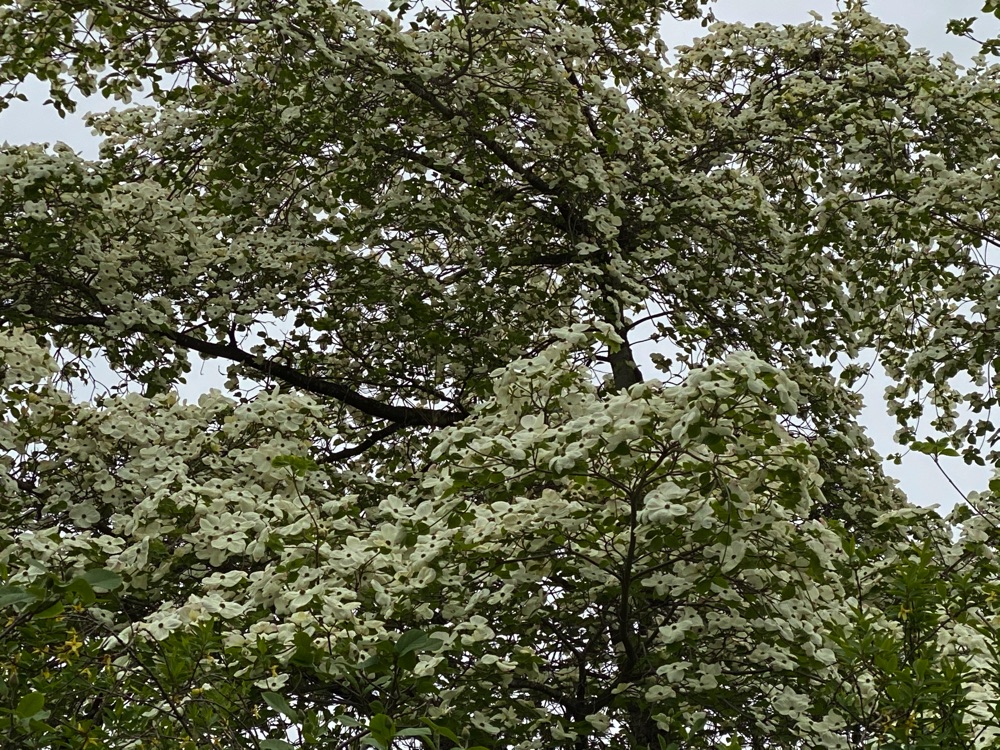
Our neighbourhood is also blessed with an abundance of beautiful trees. Dogwoods, in particular, look exceptional at the moment, but I see countless buds swelling on my styrax tree, so I know there is much more to come.
Rhododendrons, naturally, capture our attention with their exquisite blooms.
Experts get all knotted up over which variety or species is the best. I love them all and I think every one in my garden is outstanding, especially my favourite, R. augustinii, a superb electric blue.
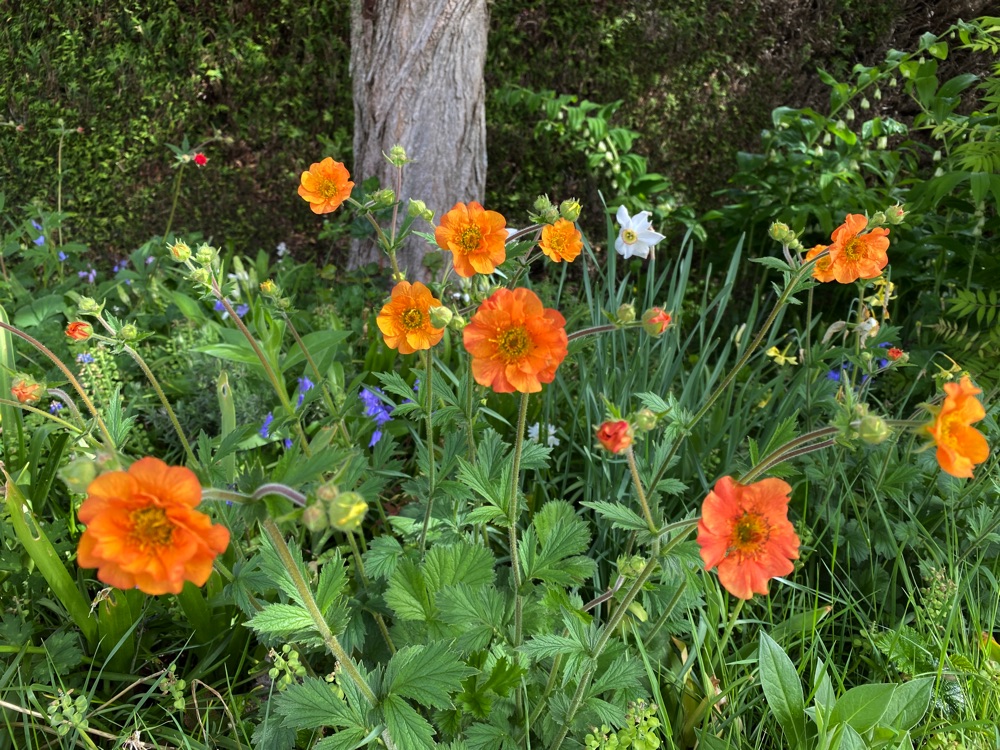
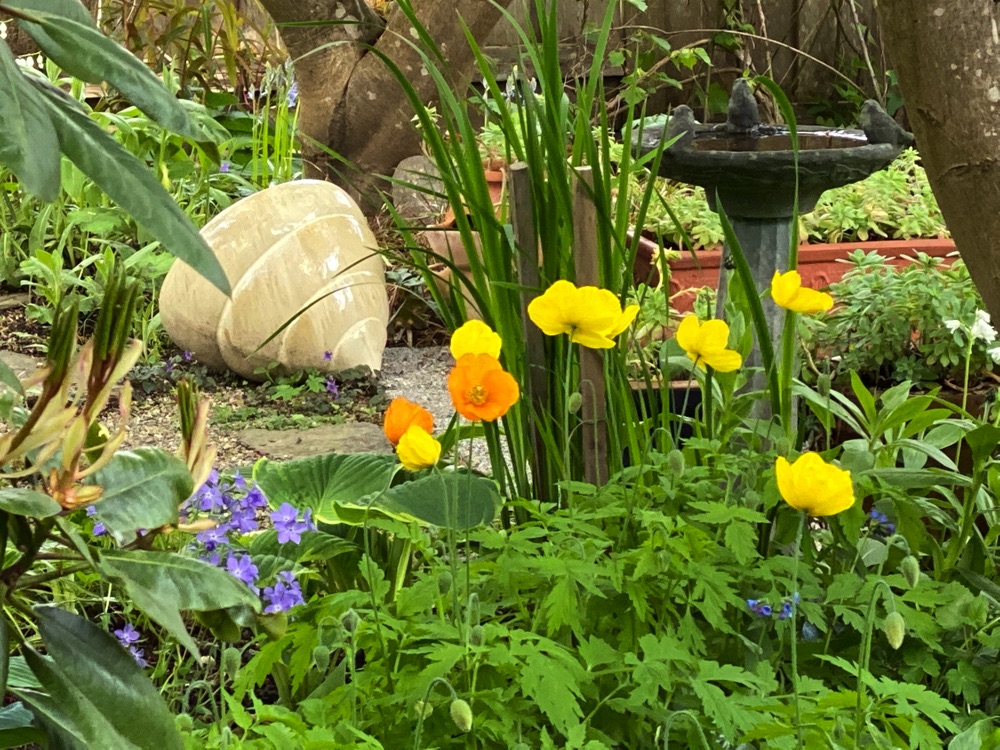
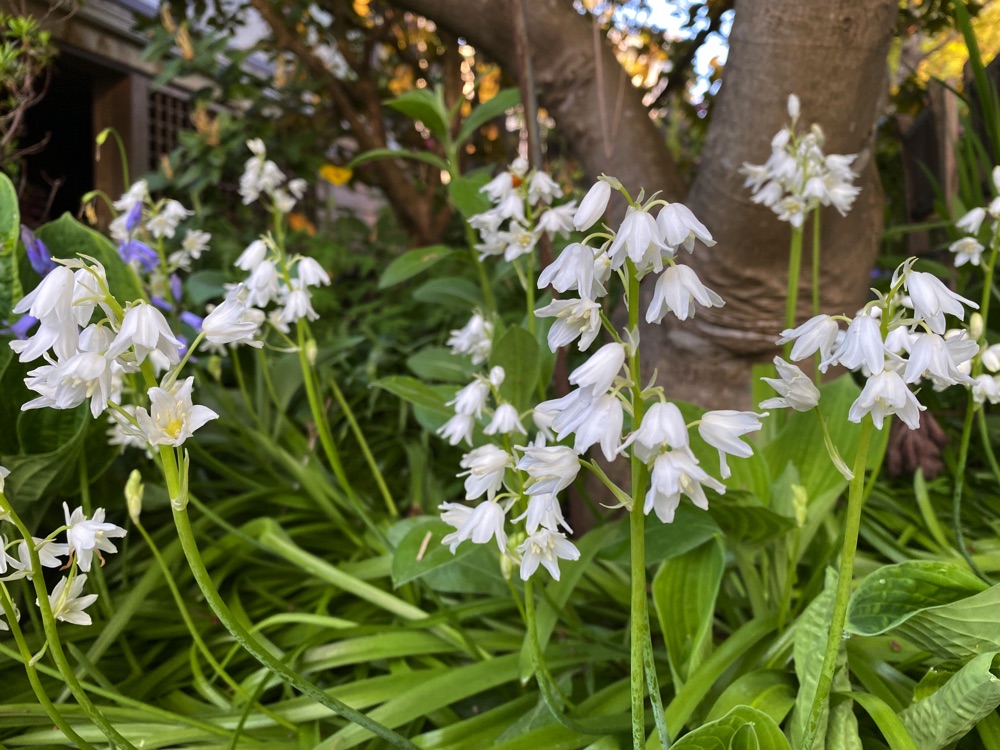
The moments I like best are the times when peace descends in divine stillness on the garden and soft light reaches through the trees to highlight bluebells scattered through the lush greenery of emerging peony and daylily leaves.
Then, I sit in hushed admiration and blissful wonder, awed by the beauty of it all.
I find myself always wishing others were there with me to see it and to experience it and to feel the joy of it.
Isn’t it interesting that we always wish to share what is best and beautiful. Where’s the fun in having bliss to yourself.
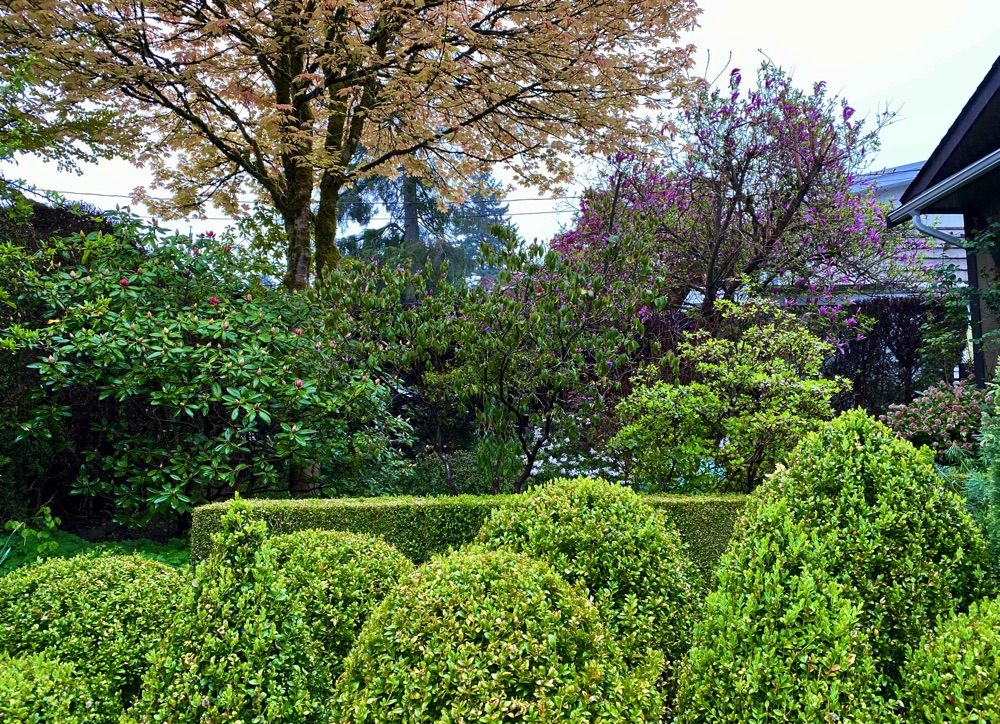
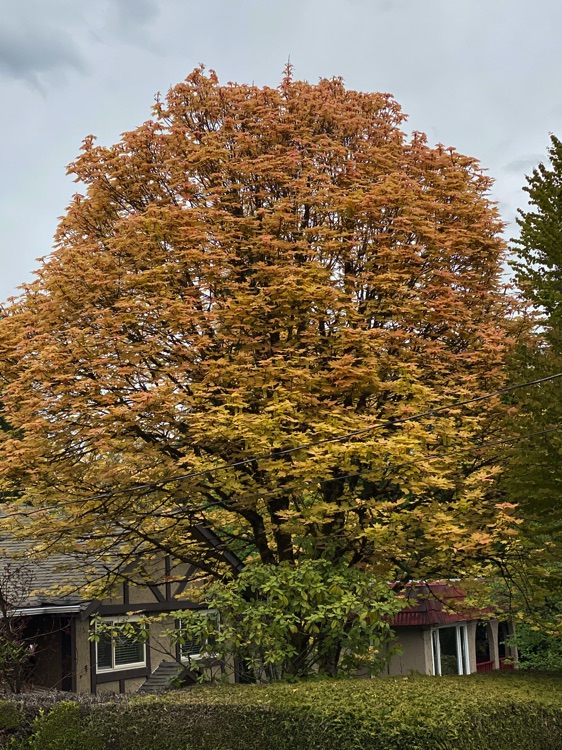
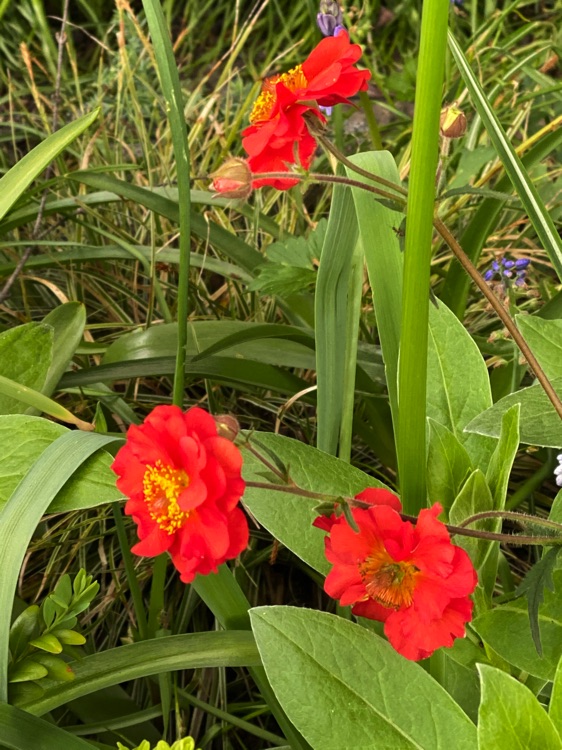
Today, a breeze is blowing. It rises and falls and moves the branches of trees and causes leaves to rustle and shake, shifting sunlight in and out of shade. It’s is mesmerizing.
And I love the feel of the waves of cool air as they sweep in and vanish just as quickly.
Add the sound of sweet birdsong and it is hard to imagine how heaven could do better.
The garden in spring is a place of bliss. We can sit for hours and not be bored.
How much beauty is too much? I don’t think there can be too much. I guess that is why we have summer because the garden wants to do more. Bring it on.
swhysall@hotmail.com.
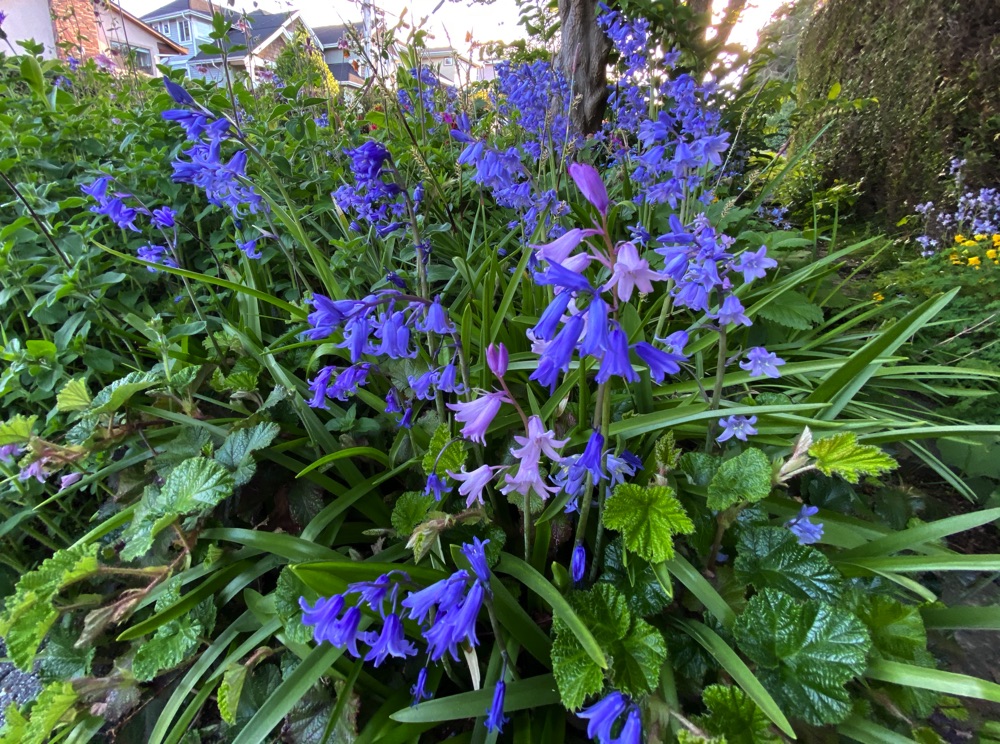
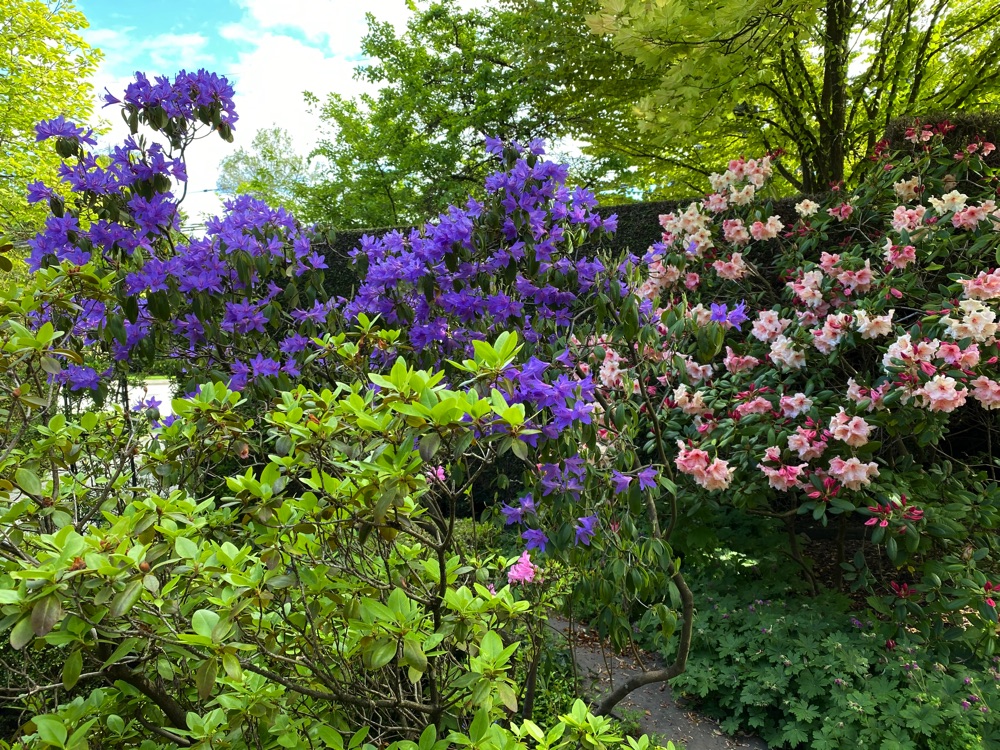

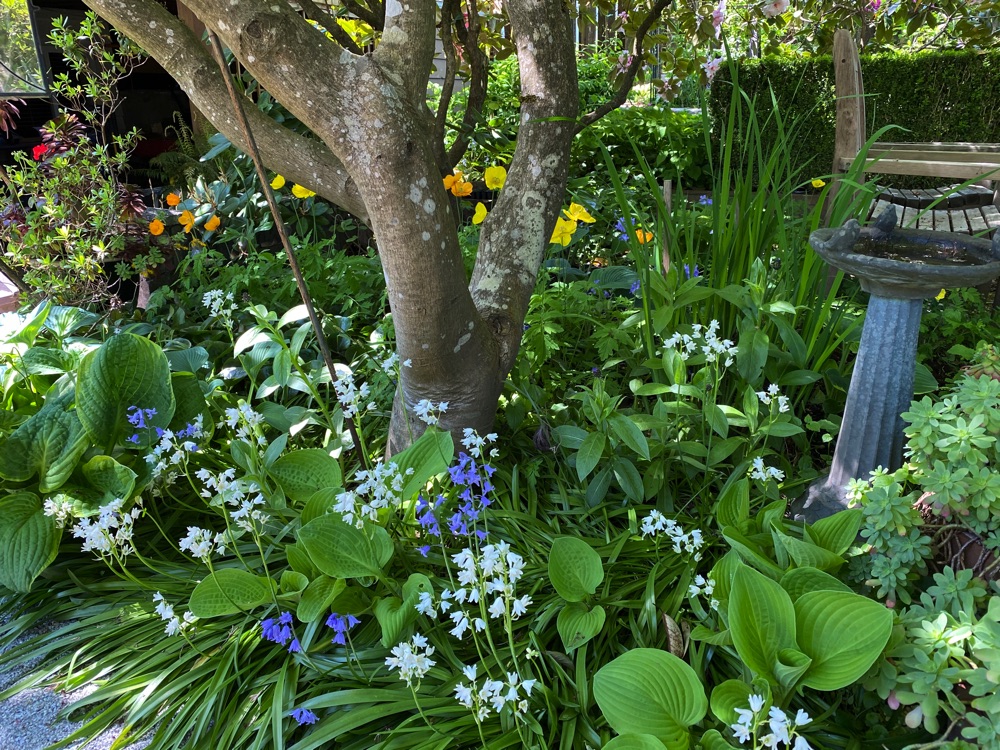
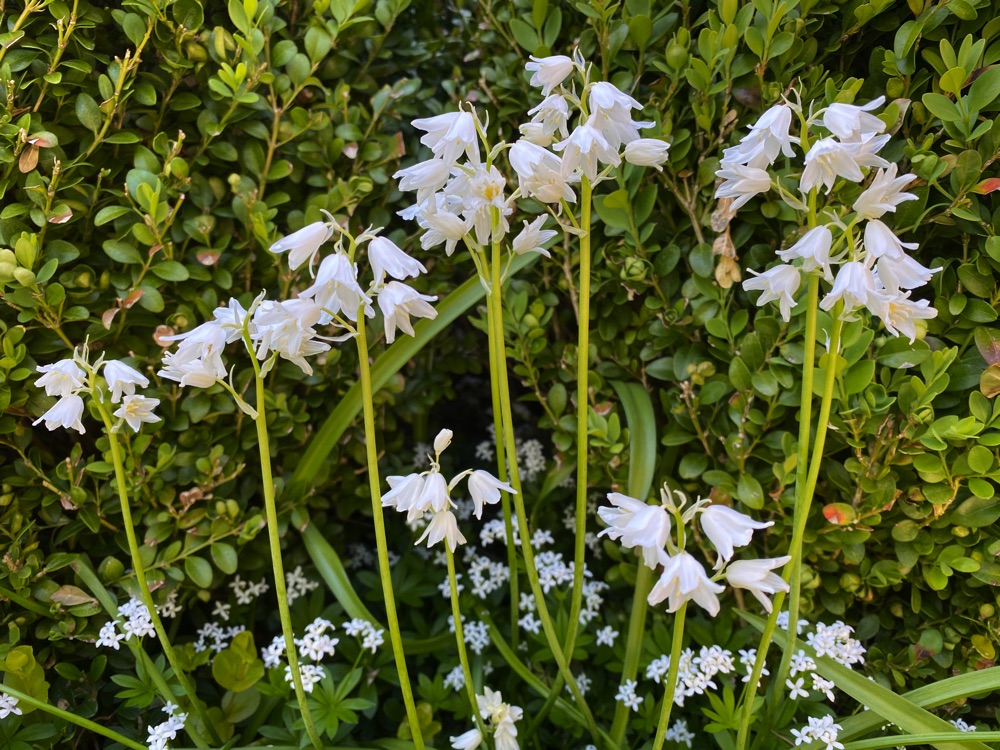

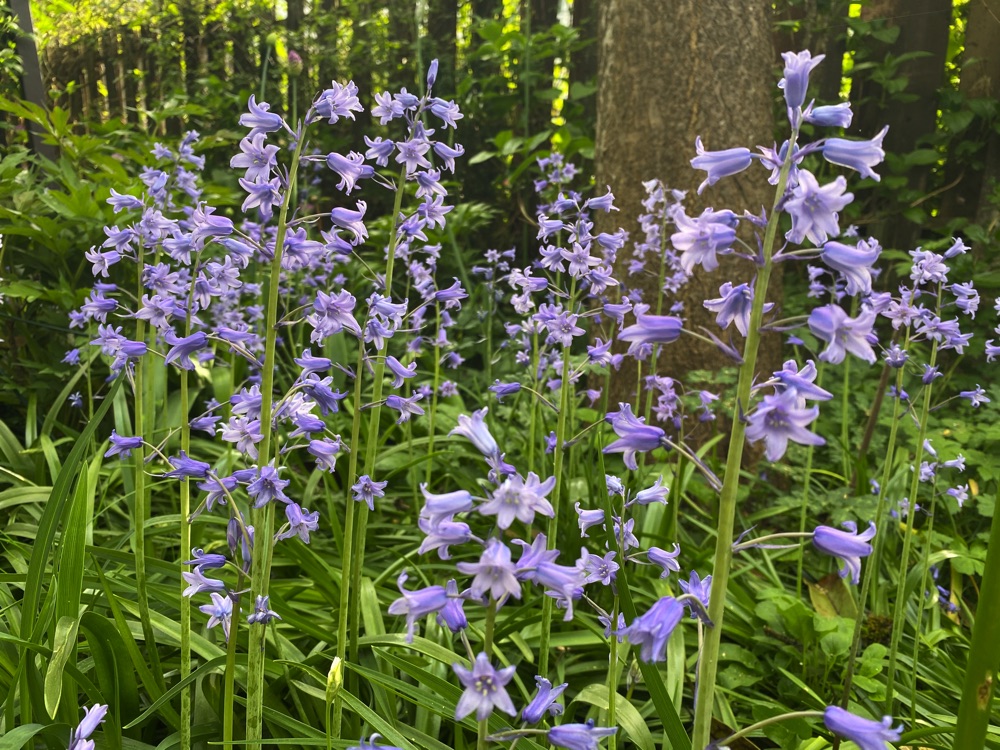
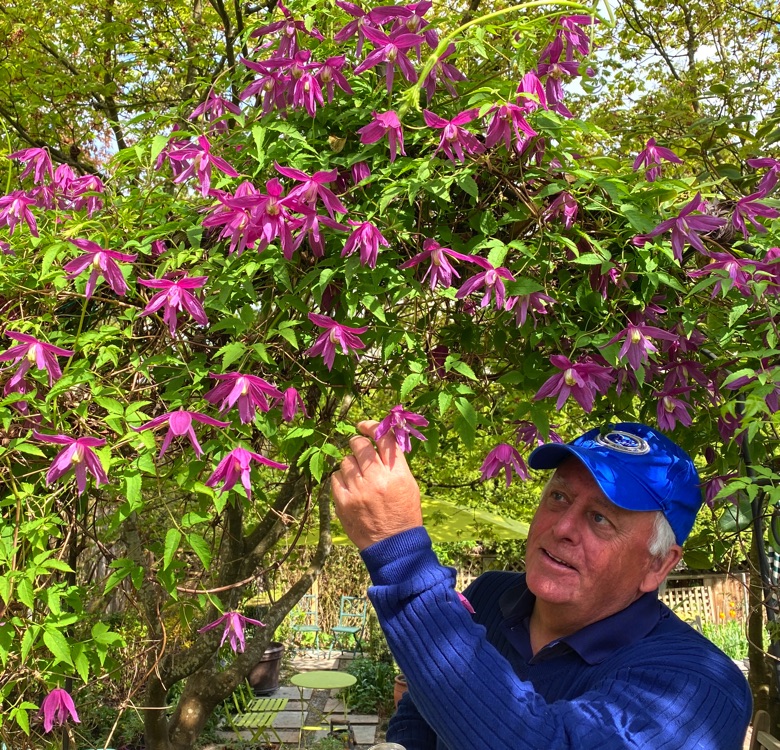

















Steve your garden is exceptional! I have never seen white bluebells before. And I do love the good old English Bluebell …. we have some under a magnolia, then followed by Iris.
We are still trying to grow grass! Having reseeded from scratch, with the trees and shrubs growing ever taller and too much shade! But to replace with pavers is costly…perhaps will learn to do it myself!
I love the water fountain of yours you made yourself and am in awe you did it. I check at Northwest landscape and have yet to see one as nice as the tall pot you converted!
Nice to have the virtual tour, so uplifting! Thank you
Penny Noble
Thanks, Penny. Very sweet of you. Yes, there are indeed “white bluebells.”
Here’s some information for you and others curious:
Hyacinthoides White City
White bluebells (Hyacinthoides hispanica ‘White City’) are vigorous, easy to grow and excellent naturalisers. Plant them in autumn and they’ll flower the following April with graceful white nodding blooms. If planted in beds, every year the groups will get larger and more impressive. They can get carried away which is very useful if you have a large space to fill, otherwise plant them in pots or contained beds and leave them to provide an easy and reliable display each year.
Best suited to woodland surroundings, these white bluebells are a natural shade lover. But you don’t have to have large garden with trees and shrubs to enjoy this little stunner – in fact, it’s robust and non-fussy enough to plant virtually anywhere. As the name suggests, even a small city garden could make a great home to Hyacinthoides hispanica ‘White City, bringing a country woodland vibe to your planting schemes or pots and also providing nectar for bees.
* To avoid cross-hybridisation with native English bluebells in the UK, this variety is best grown in enclosed gardens or areas away from British woodland and countryside where it may be become invasive.
For more
https://www.farmergracy.co.uk/products/hyacinthoides-white-city-bluebells-bulbs-uk
Comments are closed.